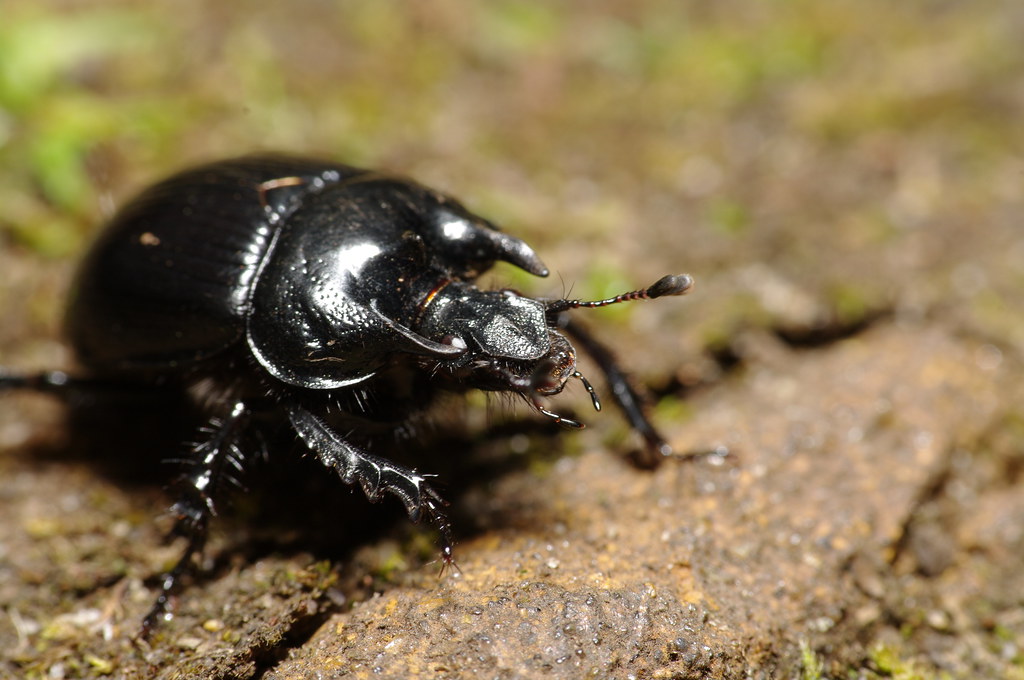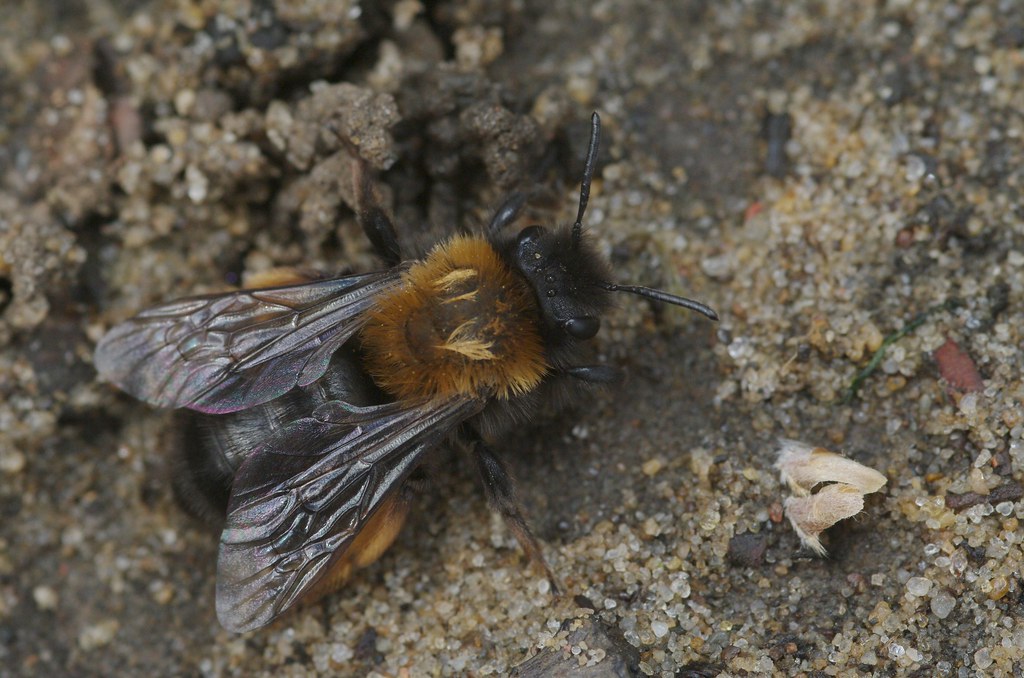
Clockwise from top: Ringlet butterfly, Green Hairstreak butterfly,
Comma butterfly
Ilkley Moor is a rich area for wildlife, both flora and fauna. Flora first. Most of what you see is grass and rushes, Heather and Bracken. Wavy Hair-grass covers large patches of the highest parts, while the fluffy white cotton wool tufts of Cottongrass mark the damper spots.
Heather comes in three sorts. Ling is the most common. It is what we generally mean when we talk about the Moor. But there is also Bell Heather, and Cross-leaved Heath, both with larger flowers. In amongst, and becoming commoner, is Crowberry, which looks very like the heathers. You can tell it by its shiny black berries. On the drier Heather areas you will find plenty of Bilberry, and maybe pick some for a summer pie. Last among the relatives of Heather you may find Cranberry, though only in the wettest places, and not usually enough to be worth cooking.
If you are very observant and in the right spots you will also see the rich yellow spikes of Bog Asphodel, and, in a few places, Sundew, sticky and spotted with the flies it has caught. The small flowers of Tormentil are everywhere.
The lower slopes can be thickly covered with Bracken. Despite some scares, aerial photos show that any increase is slow. Gone are the days when it was valued and cut as bedding for horses and cattle, and for thatching, (thereby giving local people some control over it).
Among several other ferns is the attractive upland Lemon-scented Fern, and of course there are trees - Birch, Rowan, Hawthorn, Wild Rose, Elder, Bramble, Holly and the plantations of Pine.

Left: Foxglove | Right: Cottongrass
Birds are the most noticeable animals, though Lizards, Frogs and Toads may be found, and, in addition to the common lowland and garden Butterflies there are plenty of Green Hairstreak Butterflies whose caterpillars feed on the young Bilberry shoots. Meadow Pipits are most often seen, though most often heard is the Red Grouse, clucking as it whirrs off, low over the heather. And where there are heather moors there is that rare hawk, the Merlin. On the higher moor Curlew and Redshank claim the space as their own, as does the Golden Plover. Hawking for insects, there are plenty of Swallows, Swifts and House Martins, while Carrion Crows, Jackdaw and Rooks are often on the wing looking for morsels. Kestrels are distinctive, hovering on the wind.

Bracken fond
The Moor has its share of less-often seen birds. Cuckoos come every year, though they are more often seen than heard, and there are fewer of then than there were. Wheatears favour the higher ground. Among the trees at the edges of the Moor you may see Nuthatches and Treecreepers, and of course garden birds such as Blackbirds, Thrushes, Chiffchaffs and other warblers, and the winter-visiting Fieldfares and Redwings. Wrens and Robins inhabit the lower slopes.
We are so lucky to have such a varied population of wildlife on our doorstep. We need to take care of it, and don't just enjoy it not just for today. Preserve it for generations to come.






















